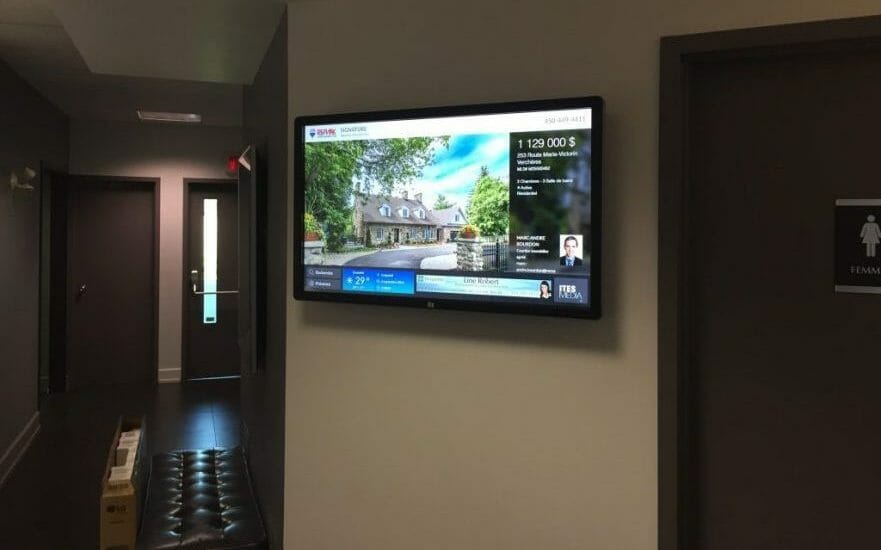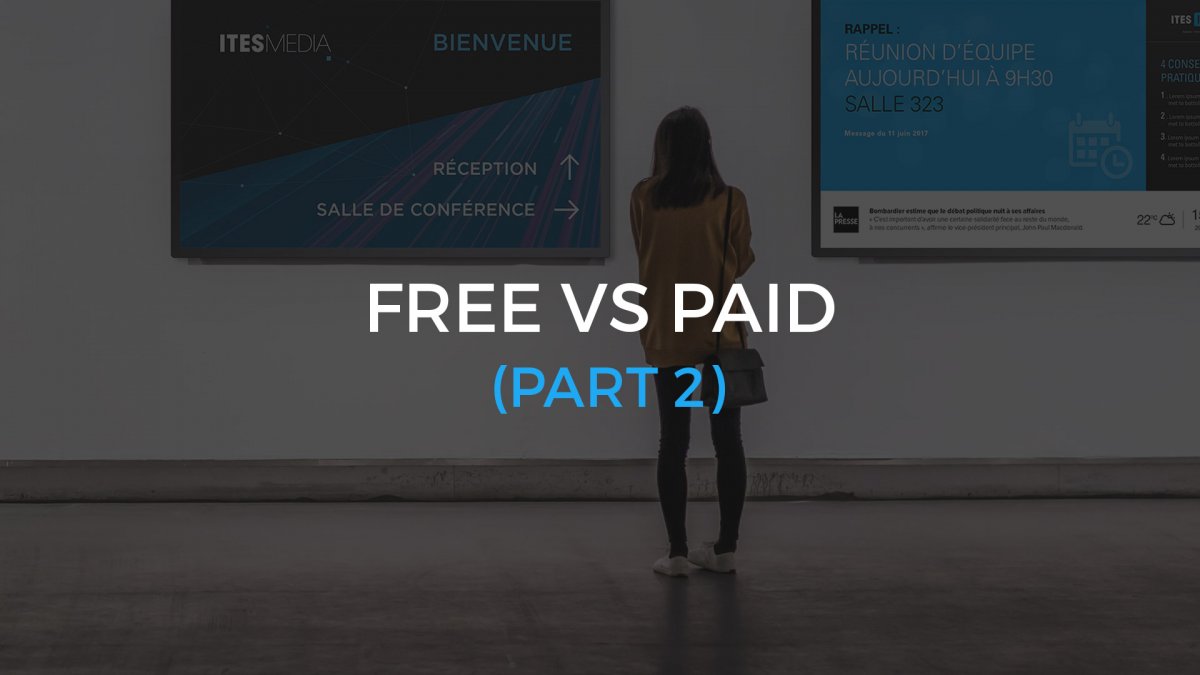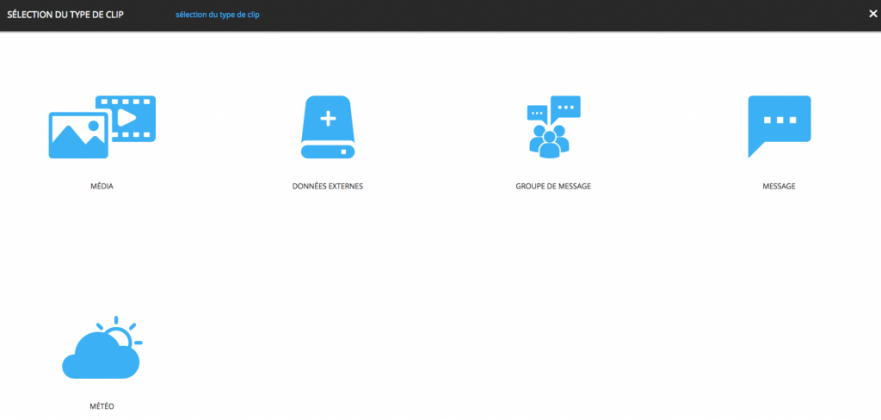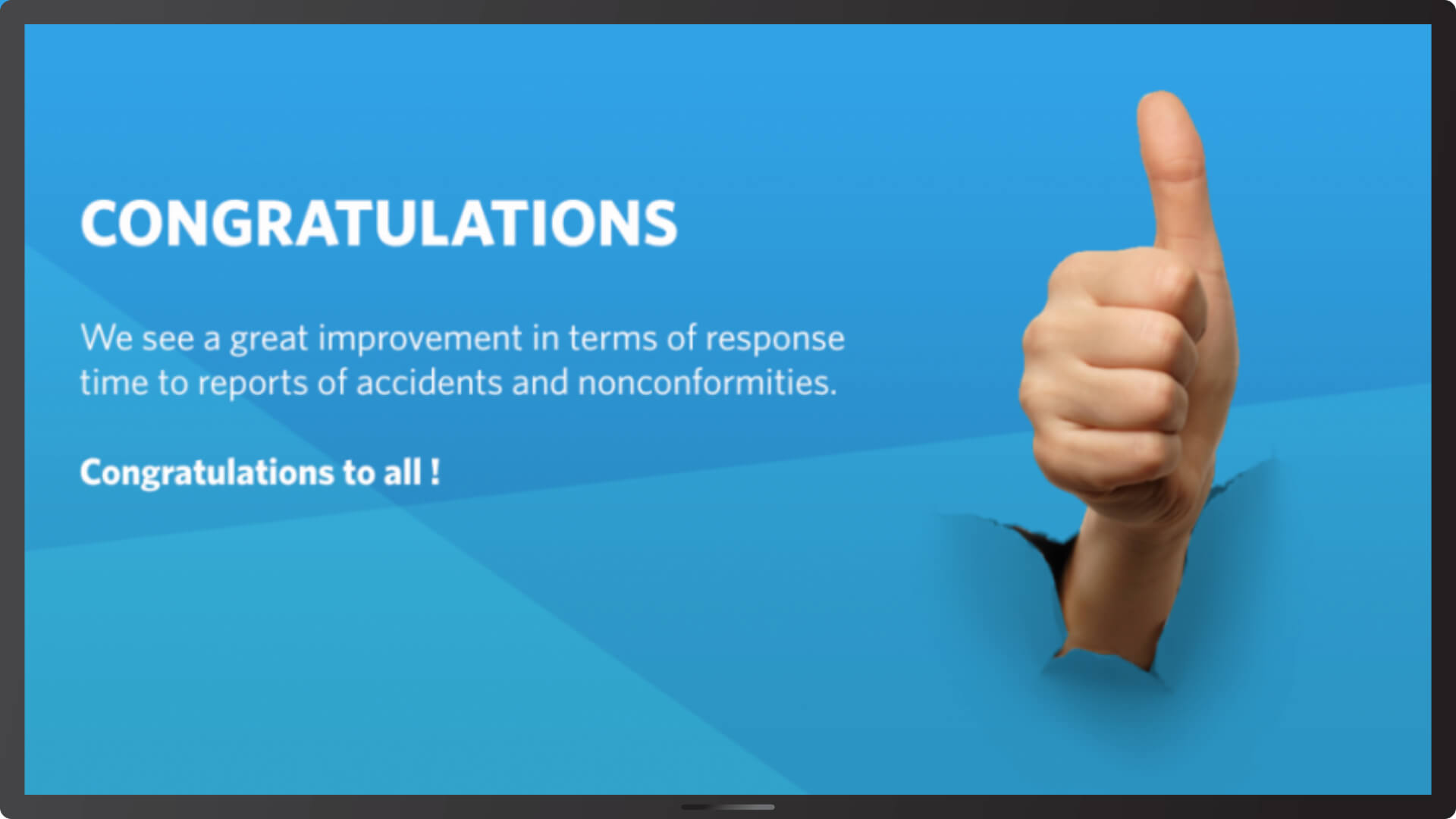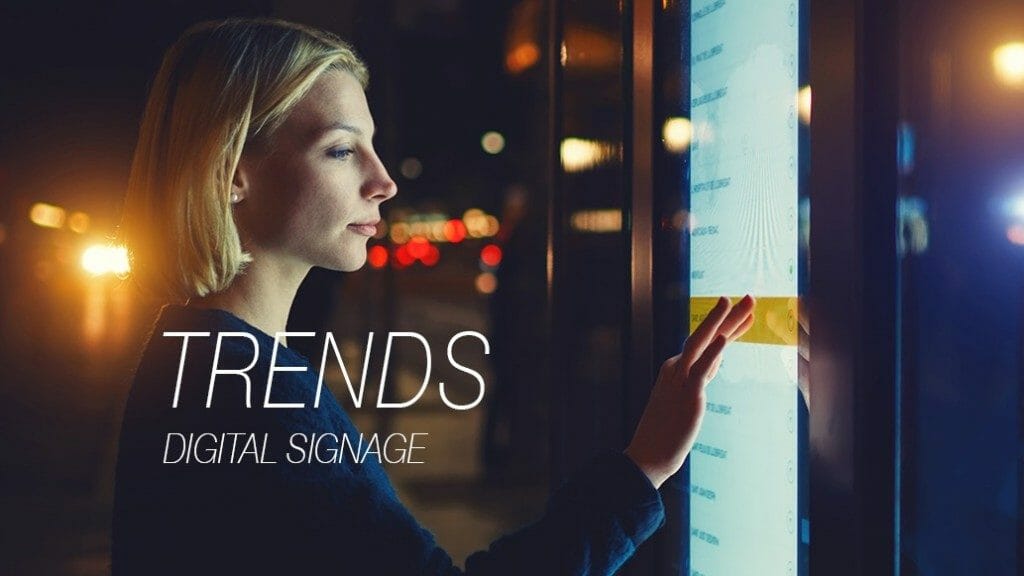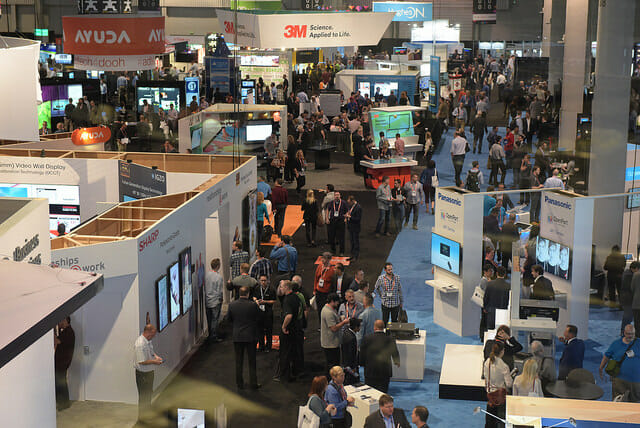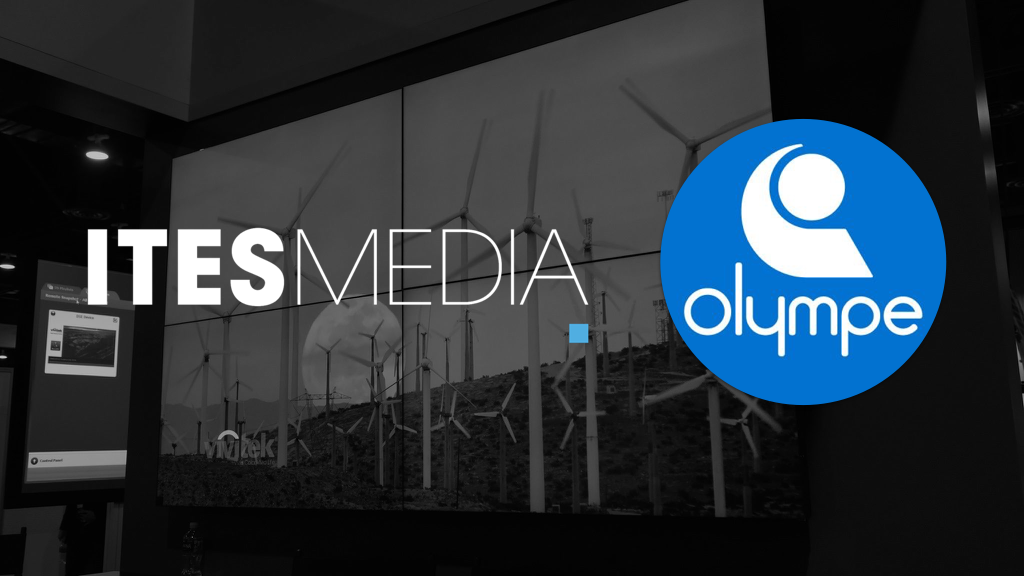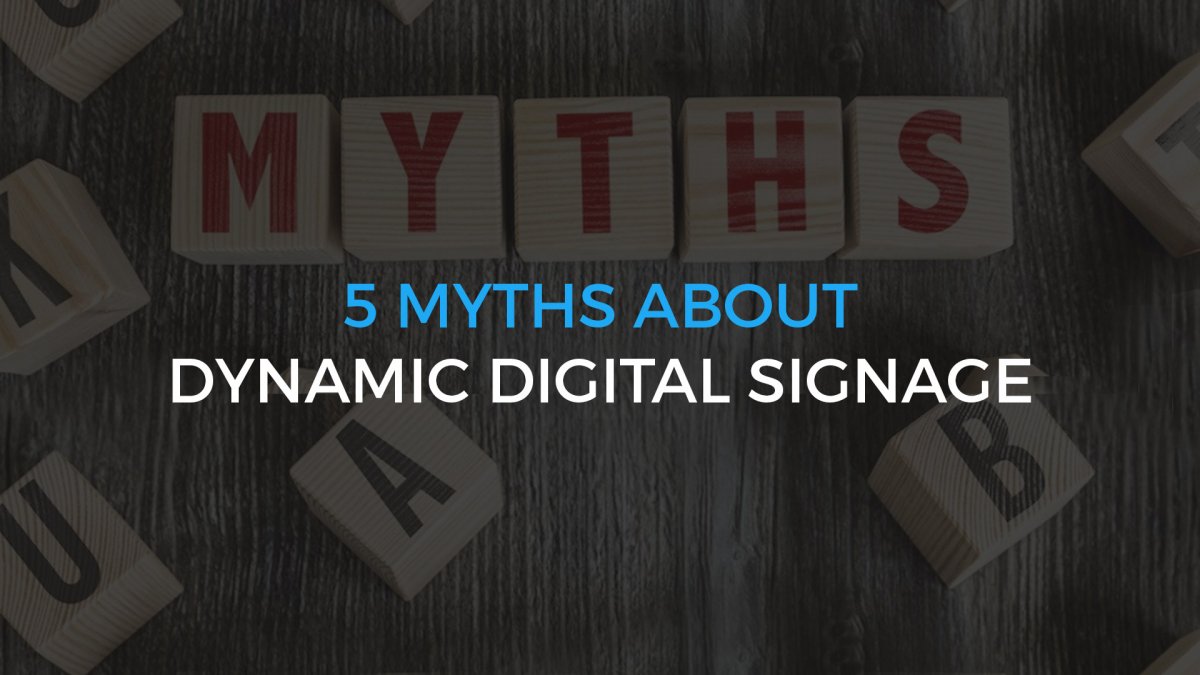Too often, we hear reports about work-related accidents in the media. However, the government has intensified efforts in the past, just think of its advertising campaign with Claude Legault. Despite all this, many companies don’t do enough to prevent accidents in the workplace. With all means available to prevent these tragic events, it is unfortunate to note that still far too many people come home injured at the end of the day, or even worse, simply never come back.
Work-related accidents statistics[1] :
Last year in Quebec, no less than 224 workers were injured every day, almost 82 000 workers have been victims of an accident at work during the year and 69 of them died. In addition, 127 workers died from occupational diseases. It is easy to believe that many of them could have been saved with more effective prevention in the company.
First we will see how to use digital dynamic display within the company, then, how to ensure that the content has an impact on employees, and finally, how to make this tool even more efficient, thanks to the display of production data in real time.
A great way to do prevention among your employees
CNESST (standards, equity, health and safety at work commission) never says it enough; prevention is the key to prevent most accidents. But what is the best way to disseminate information related to prevention? The use of digital dynamic display screens is a very attractive solution to meet this need. You can show information related to the importance of safety at work to employees using productivity data in the enterprise, messages that you want to transmit instantly in the work environment, and much more.
With a strategic arrangement of screens, employees will be exposed to the broadcast content and it will be much easier to do prevention with a picture, a video or an educational capsule. The digital display gives a quick and easy way to communicate within the company. It is also much more attractive than some sign on the wall.
How to ensure that the monitors don’t fall into oblivion?
To ensure that the content presented on the screens is viewed and understood by employees, several aspects must be considered. You must obviously choose information that directly concerns the workplace, but you have to look further to optimize the use of digital dynamic display. In this sense, you need to wonder if weather has to appear on the screen, or if you would like the news to scroll at the bottom of it. Perhaps it will be by presenting sports news that you will attract employees looks on the monitors. Of course, the arrangement of all the visible content on the screens must be done very well for it to be pleasant to watch.
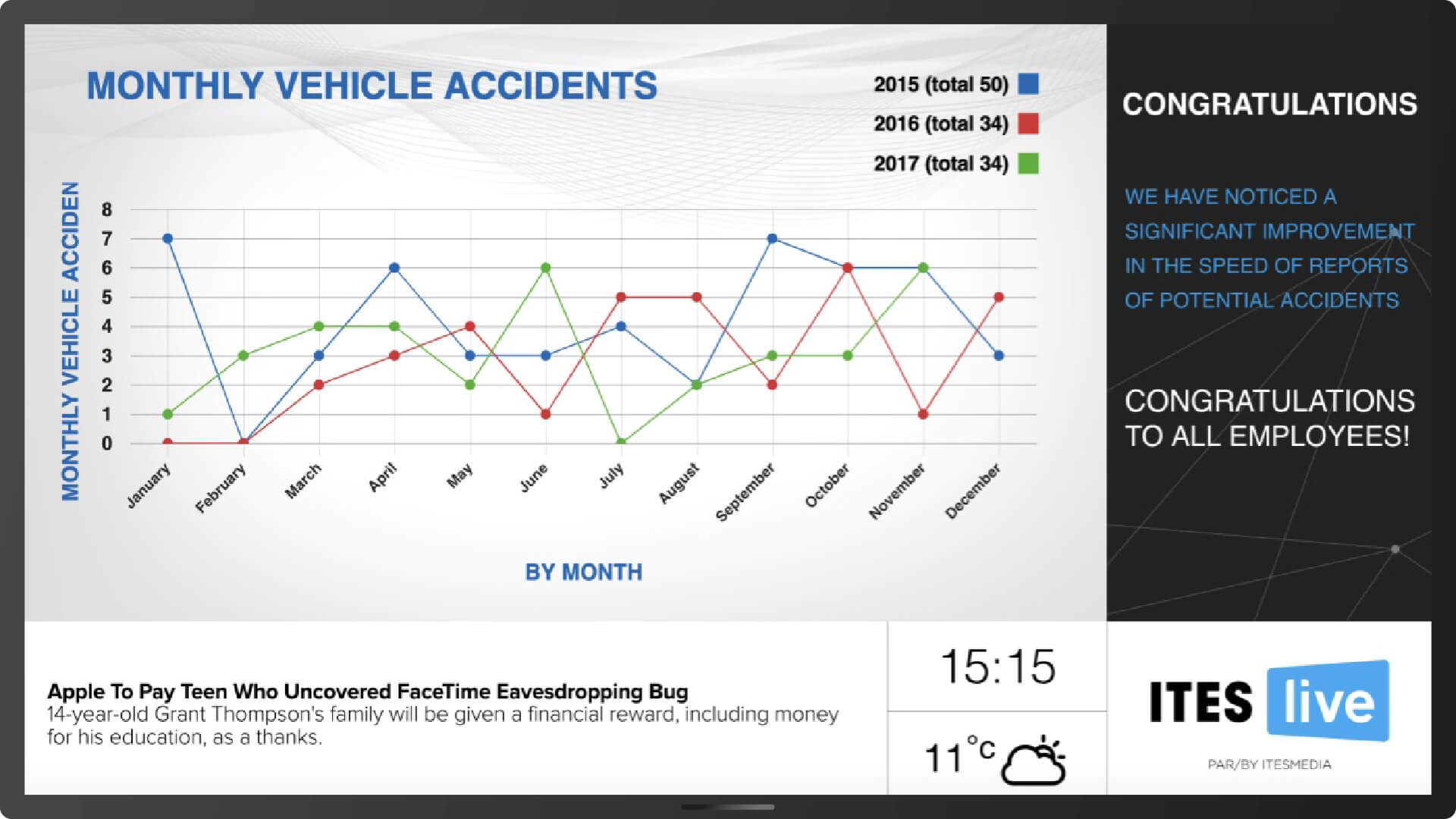
By knowing your employees, you will be able to capture their attention to increase the frequency with which they peak at the information you want them to know. On the other hand, you have to make sure that the main message occupies the largest place on the monitors. In short, by choosing a revealing primary content and embellishing it with additional information, you have a tool in digital dynamic display that will make its place quickly in the daily routine of your employees. So make sure to have a good content strategy before launching your digital display project.
Improve your employees’ commitment with the display of real-time data
Another way to keep the attention of employees is by broadcasting production data in real time (number of shipped orders, completion percentage of monthly targets, accurate statistics, etc.). In addition to keeping their motivation level high, it increases their commitment to their work. Whatever the business, one cannot overlook the importance of motivation. Digital dynamic display offers the possibility to place the employee at the center of his achievements and make his work more meaningful. Indeed, you can ensure to give concreteness to the tasks performed. Take the example of a factory specializing in manufacturing auto parts. In this case, it’s much more interesting for an employee to be able, in real time, to know how many parts have been designed in the last week or even in the current day. If, however, he does his job without knowing what happens with the final product, he may feel less involved in the success of the company.
Consult our complete article on how to increase employe commitment with dynamic digital signage
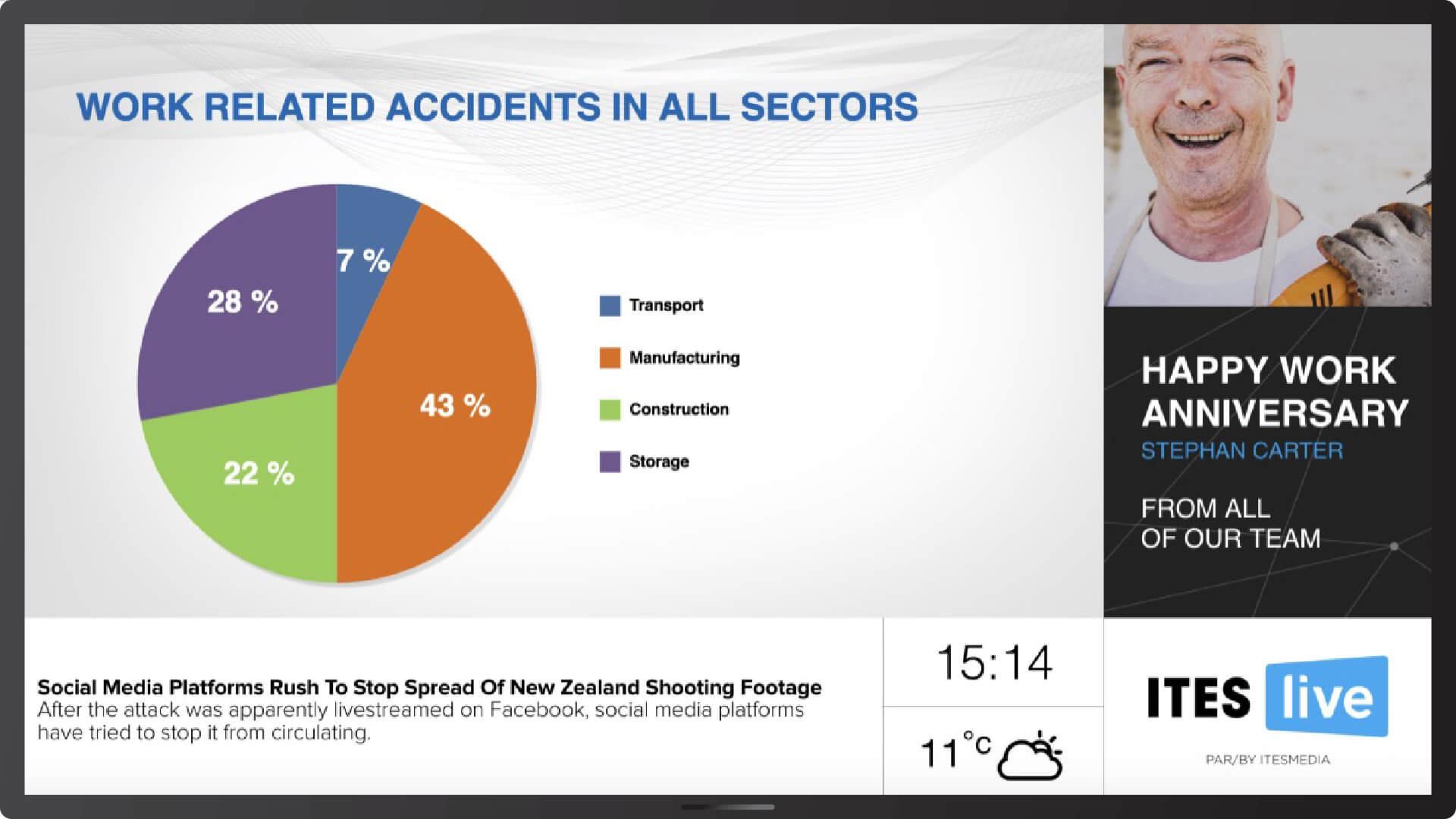
With the real-time display, you show transparency with the employees by presenting information that is judged relevant. Moreover, you gain a lot of time with this approach, considering that the data is known to the minute. Therefore, there is no need to call people to a meeting, for example, to inform them of things that can be disseminated instantly in the work environment. It is a technology which truly allows better communication with employees and helps in the prevention of work-related accidents by educating and placing the staff at the center of the company’s activities.
Nowadays, people are on the lookout for different technologies and can be easily stimulated by a well-designed digital content. Of course, we won’t eliminate all workplace accidents through prevention done with the digital dynamic display. Nonetheless, it is certainly an effective way to take a big step forward in the change of mentality that we want to see within companies.
[1] http://www.cnesst.gouv.qc.ca/salle-de-presse/Documents/Jour-de-deuil-2016.pdf




